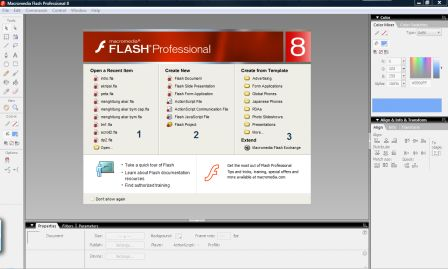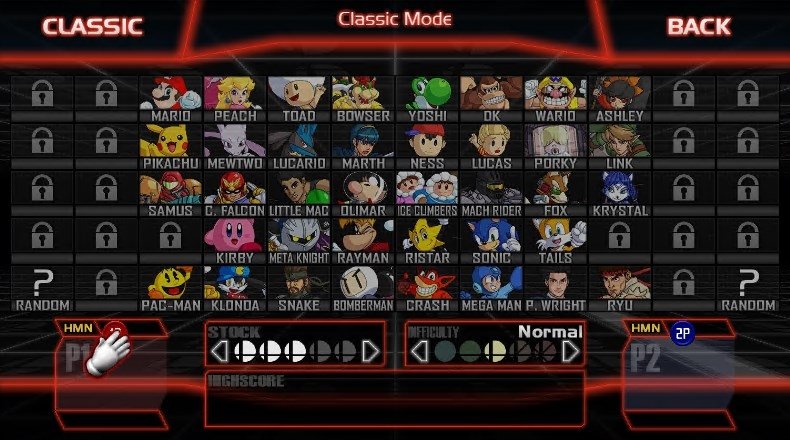

Most of the time, you’ll want to create a Flash document, which is a plain garden-variety animation file. Clicking one of the options listed here lets you create a brand-new Flash file.

Clicking the folder icon lets you browse your computer for (and then open) any other Flash file on your computer.Ĭreate New. Clicking one of the file names listed here tells Flash to open that file. As you create new documents, Flash adds them to this list.

When you learn to create an animation of your own in Chapters 2 and 3, you’ll feel right at home. You’ll also take Flash for a test drive and get some practice moving around the Flash screen. In this chapter, you get acquainted with all the different parts of the Flash window: the stage and main work area, the main menu, the toolbars and panels, the Timeline, and more. You’d pretty much have to be a Flash developer to figure out what to do next. When you start with a blank Flash document, you find yourself staring at a blank white square and a dizzying array of icons, most of which appear to do nothing when you click them ( Figure 1-1). Problem is, if this is your first time in an animation program, it may not be immediately obvious what to do with all these tools. Flash 8 provides the powerful and flexible tools that you need to create interactive animations, which is a more complex affair than producing text or playing media. Movie playing software has controls that look just like the ones on your home DVD player. A word processing document, for example, looks pretty much like a piece of paper and shows your words as you type them. Computer programs these days strive to give you an intuitive work environment.


 0 kommentar(er)
0 kommentar(er)
